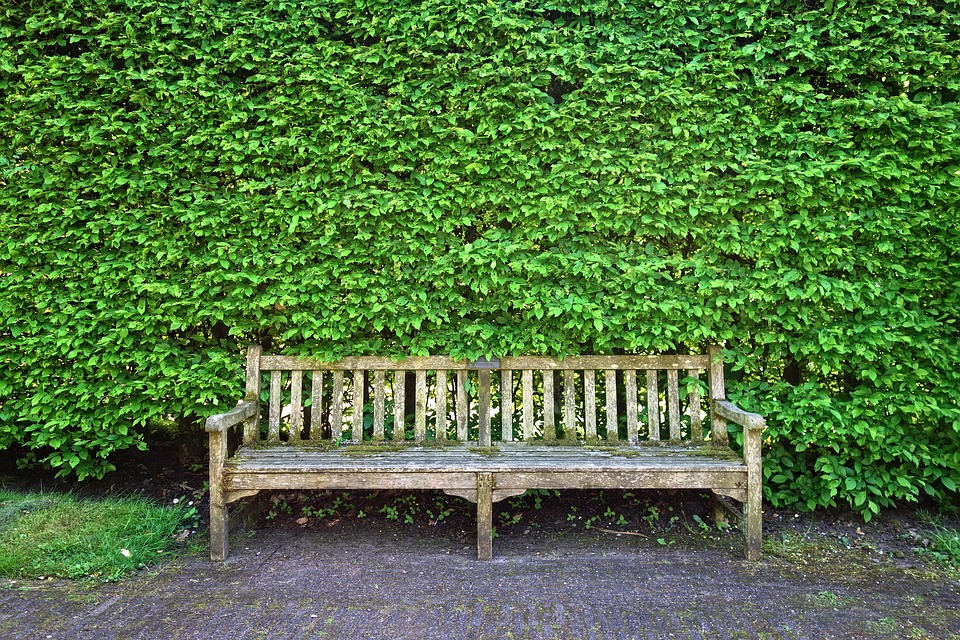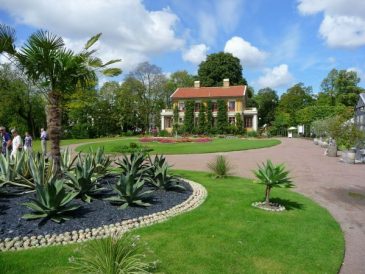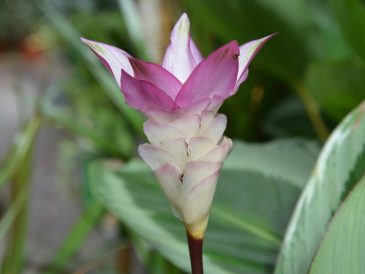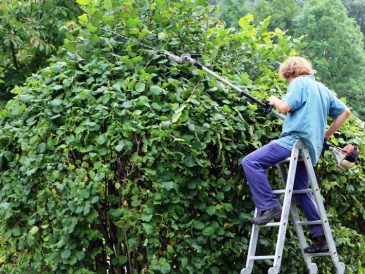How to Create a Thriving Country Hedge for Biodiversity
Contents:
Step 1: Embrace Variety – Choose a Diversity of Species for Your Country Hedge
Step 2: Create a Harmonious Blend – Compose Your Hedge with Care
Step 3: Flourish and Grow – Expertly Plant Your Country Hedge
Are you looking to enrich your garden’s biodiversity and provide a sanctuary for diverse wildlife? Look no further than the country hedge. By incorporating native species and offering a rustic touch to your urban garden, the country hedge becomes an essential element in fostering biodiversity. Once established, these free-form hedges require minimal pruning and maintenance, making them a delightful addition to any landscape.
Let this practical guide show you how to plant a flourishing country hedge.
What you need to plant a country hedge:
- Spade
- Compost
- Mulch
- Watering hose
Step 1: Embrace Variety – Choose a Diversity of Species for Your Country Hedge
A diverse hedge is a resilient hedge, less prone to diseases, and more inviting to a wide array of fauna, including birds, mammals, and insects. Take inspiration from the hedgerows that adorn the surrounding countryside, such as hawthorn, hornbeam, wild rose, broom, wild mulberry, medlar, hazel, and blackthorn. These native shrubs seamlessly blend your garden with the natural landscape.
To attract and nourish local wildlife, consider incorporating berry-producing trees and shrubs like red currant, holly, pyracantha, rough rose (Rosa rugosa), bird mountain ash, and elderberry. Additionally, include melliferous trees and shrubs like acacia, arbutus, buddleia (attractive to butterflies), flowering cherry, dogwood, laburnum, field maple, sycamore maple, flowering gooseberry, cherry, common apple and pear, seringat, snowberry (with pink berries in winter), and viburnum.
For year-round appeal, be sure to include at least ¼ evergreen species like berberis, eléagnus, escallonia, broom, holly, pyracantha, and common privet.
Step 2: Create a Harmonious Blend – Compose Your Hedge with Care

Craft your country hedge by planting different species in an organic, random order, avoiding repetitive sequences. To create a lush and protective habitat, strategically intersperse evergreen species among deciduous ones and mix taller trees with shrubs.
Keep in mind that a country hedge encompasses shrubs and small trees reaching a mature height exceeding 2 meters. If this is the case, adhere to the legal requirement of planting the hedge at least 2 meters from the property line.
Step 3: Flourish and Grow – Expertly Plant Your Country Hedge
To ensure your hedge’s successful establishment, opt for autumn planting if you have bare-root shrubs and trees. If you are planting container-grown shrubs and trees, you can do so at any time of the year, except during frosty or scorching conditions.
Prior to planting, prepare the soil diligently by digging and incorporating ripe compost or decomposed manure. Plant your trees and shrubs in staggered rows, around 80 cm apart, allowing ample space for each shrub (80 to 100 cm) and tree (3 m) to thrive. Water your newly planted hedge generously, even on rainy days, and consider mulching with organic material to promote faster growth and reduce maintenance needs.
As your country hedge grows and flourishes, it will become an inviting habitat for various wildlife, adding natural beauty and ecological balance to your garden. The vibrant array of birdlife, insects, and small mammals that find refuge in your hedge will bring your garden to life and create a harmonious ecosystem.
So, whether you have a sprawling country estate or a cozy urban garden, planting a country hedge is a rewarding and environmentally conscious choice. Embrace nature’s diversity and become a steward of biodiversity in your own backyard.
Hope you like this article. Remember to bookmark our blog and jot down a few words in the comments below.





